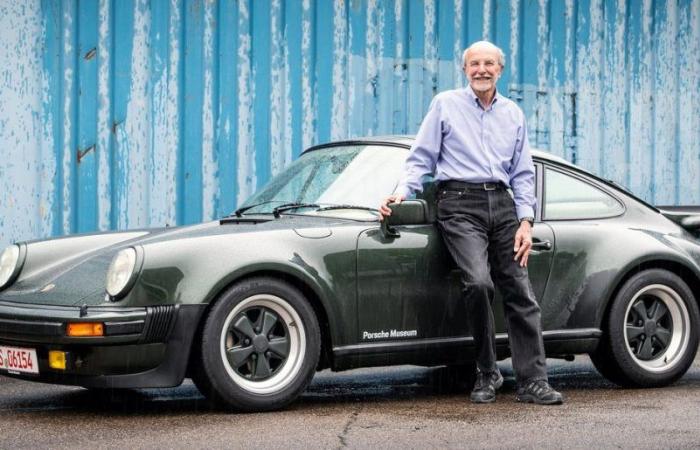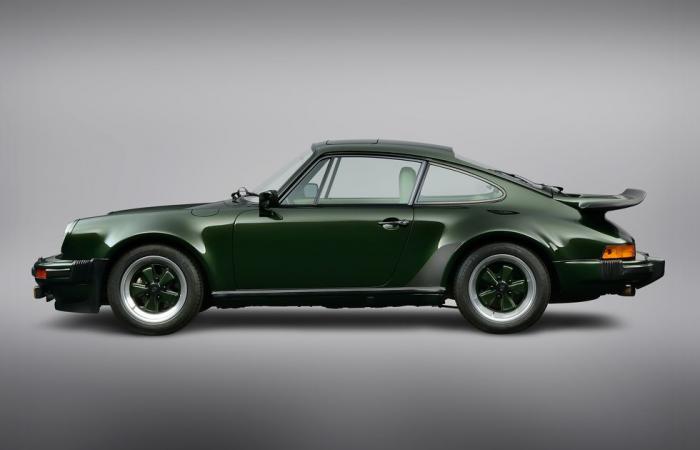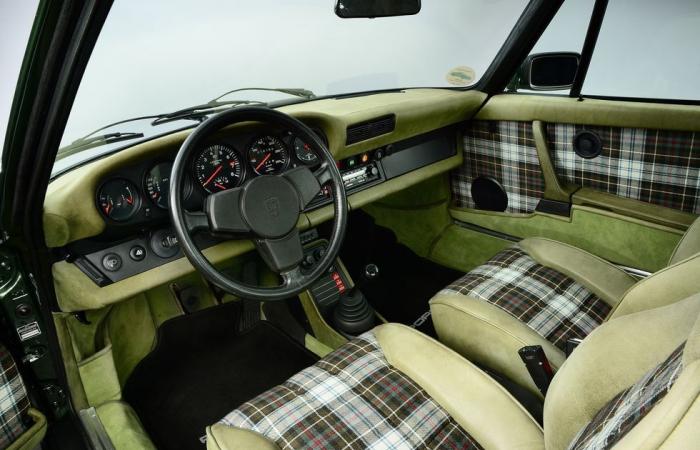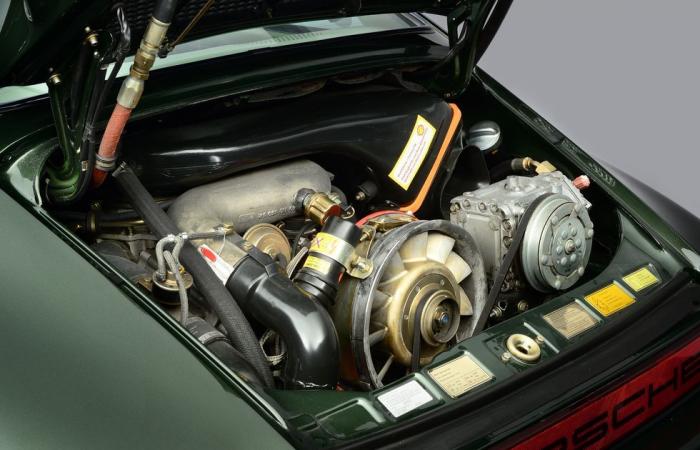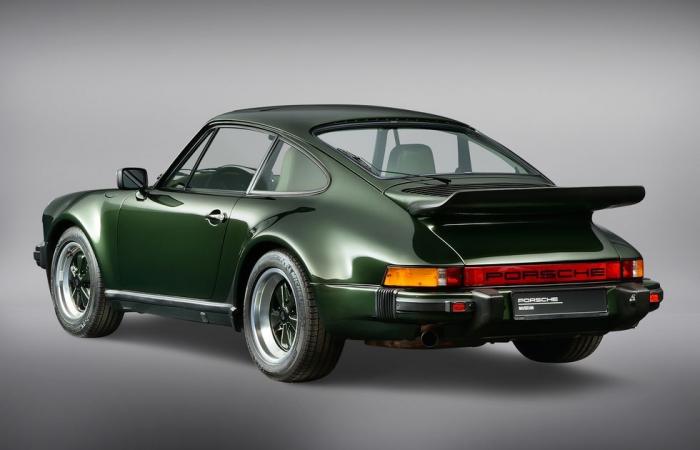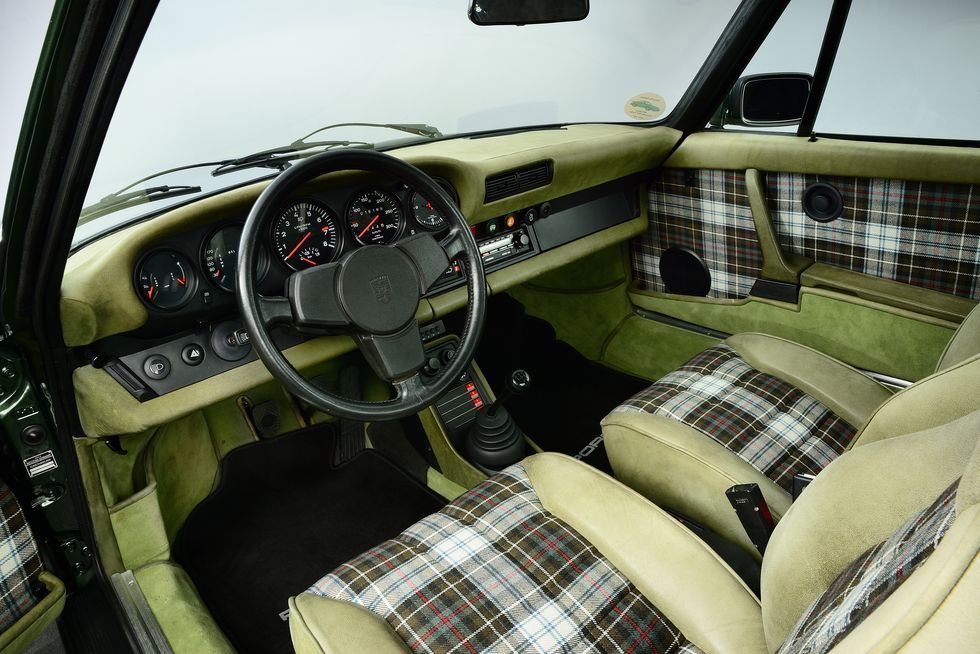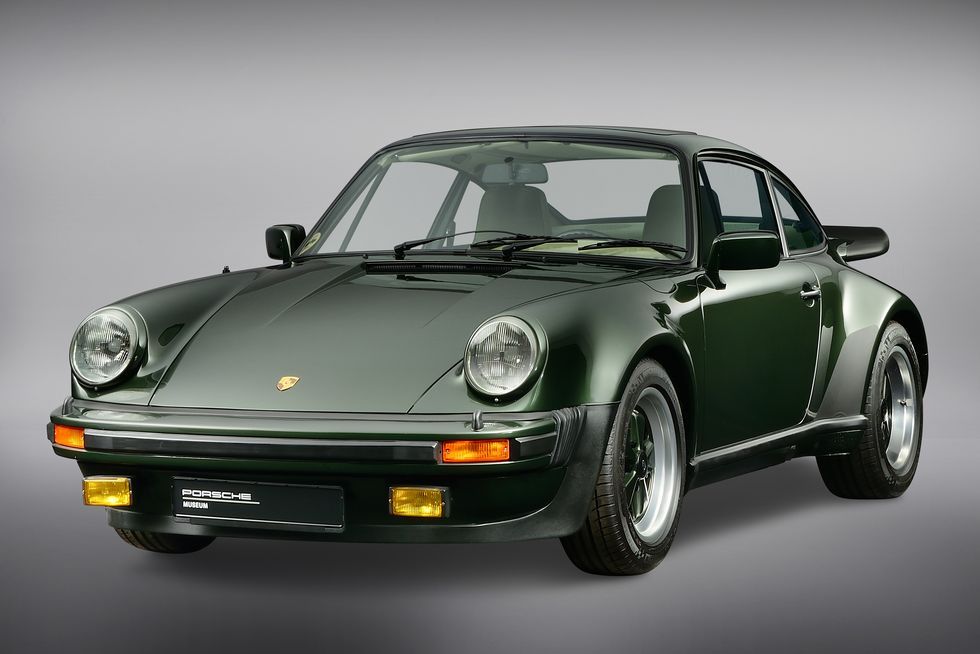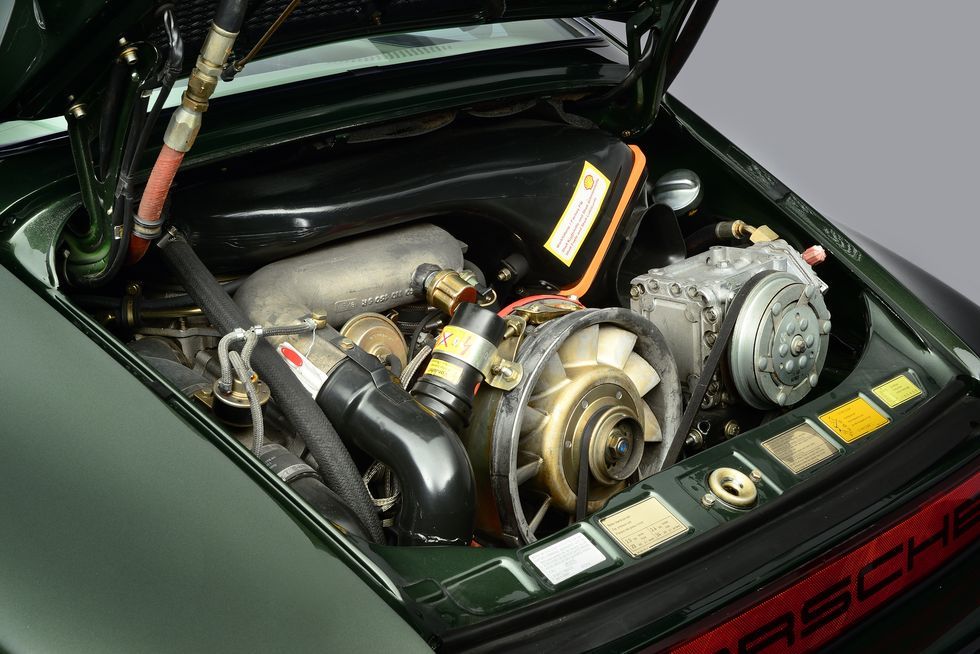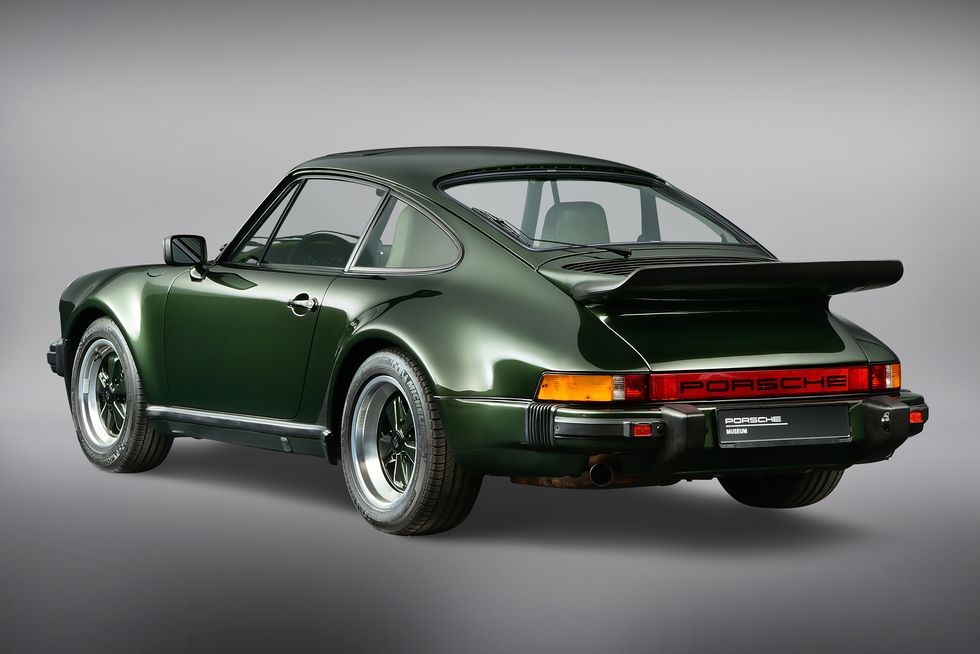The year 1974 seemed gloomy for the automotive industryThe oil embargo that had quadrupled gas prices overnight was only months old. Federal emissions regulations had enforced limits on nitrogen oxides for an industry largely clueless about solutions. This led to monstrosities like an 8.2-liter Cadillac V8 that couldn’t make more than 190 horsepower.
Europe was not as severely crippled by emissions regulations, but the price of fuel also skyrocketed. In West Germany, The government responded with bans on Sunday driving and speed limits of 100 km/h, not only on highways but also on circuits.These were short-lived, but the climate was not conducive to high-powered cars. BMW, which, at the urging of sales vice president Bob Lutz, had introduced the 2002 Turbo in 1973, withdrew it within two years. Lutz believes the unfortunate timing hastened his departure from the Bavarian company.
Porsche, however, took a different path and introduced its Turbo at the Paris Motor Show in October 1974. The company’s CEO, Ernst Fuhrmann, initiated the development of a turbocharged 911 based on the success of the 917/10 that had won the 1972 Can-Am championship.
It was a 911 model G, the first of the ‘nineelevens’ with a short hood and square bumpers, but with tremendously swollen wheel arches to accommodate the wide tires (by 1970s standards) necessary to cope with the power of the engine. That propellant was a 3.0-litre version of the iconic air-cooled block six, fitted with a single KKK turbocharger, which pumped 0.8 bar of boost (without intercooler) to cylinders operating at a low 6.5:1 compression ratio. Fuel metering was provided by a Bosch K-Jetronic system, a simple electromechanical constant flow fuel injection system.
Porsche 911 Turbo by Ferry Porsche – photos
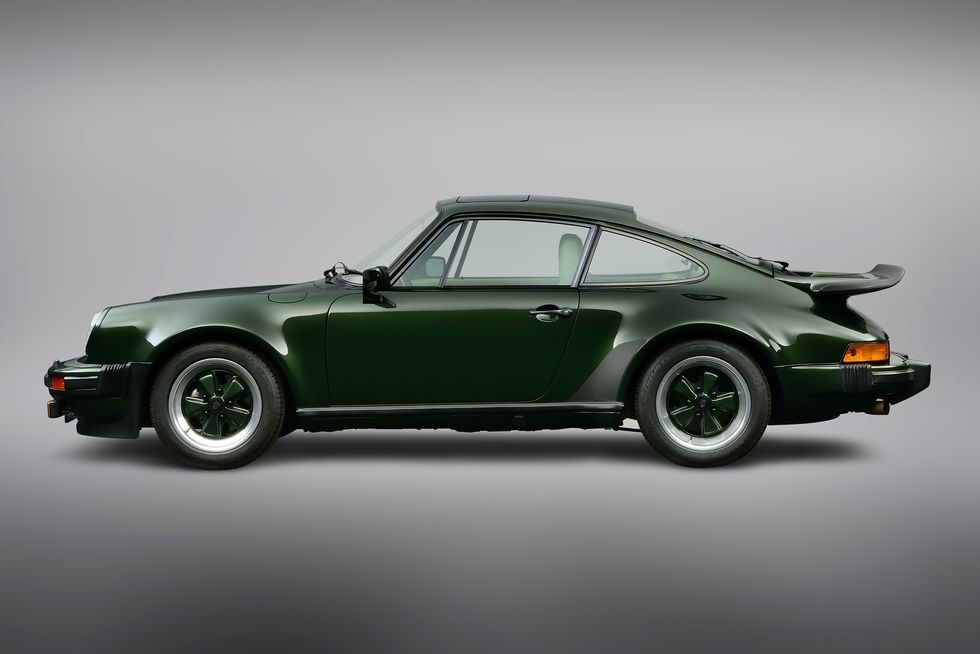
To see photos
Although primitive by modern standards, the hardware achieved 260 horsepower at 5,500 rpm and 329 Nm of torque at 4,000 rpm. This was at a time when the 911 Carrera RS, the homologation special that introduced the ducktail spoiler, could produce just 210 PS at 6,300 rpm and 255 Nm at 5,100 rpm.
When the Turbo arrived in the United States in 1976, emissions controls had sapped power, reducing it to 234 hp.. But that was still enough to propel the 1,280-kilogram Turbo to 60 mph in 4.9 seconds, cover the quarter mile in 13.5 seconds at 165 km/h and reach a top speed of 250 km/h. At the time, the country’s fastest 911, the 167 hp Carrera, needed 6.2 seconds to reach 60 mph and 14.9 seconds to cover the quarter. In the sports car context, the 1977 Corvette weighed about 300 kilos more, was powered by a 5.7-liter V8 gelding with 180 horsepower and roared through the quarter in 16.1 seconds before running out of thrust at 200 km/h. h.
Porsche positioned the Turbo not only as its fastest model but also as its most luxurious.. It comes standard with most Porsche options and even includes things like an automatic climate control system, a big advance when the amount and temperature of heat is coming from an air-cooled engine with wildly variable thermal output. The Turbo’s base price of $25,975 reflected this flagship status.
Despite the large rear tires, which provided enough traction to properly launch the Turbo, handling left a little to be desired. All 911s of that time suffered from what is politely called lifted-throttle oversteer.. This means that when you take a sharp turn and lift (or even release) the accelerator, the rear of the car loses some traction and the tail tends to drift.. This feature seems exaggerated on the Turbo, perhaps because so much power was a bigger hit to the rear suspension. It seems that quite a few examples left the asphalt rear first, and the car acquired the nickname “the widow maker.”
Knowing all this left me with mixed feelings when Kai Roos from the Porsche Museum asked me if I wanted to take a 1977 Turbo to take a short walk. And, by the way, this beautiful example in Oak Green Metallic with custom buffalo hides, green tartan fabric and barely 17,000 kilometers on its odometer was also Ferry Porsche’s company car. By late afternoon, it was pouring rain on the suburban Stuttgart streets surrounding the museum. Of course, I went for a walk with him.
Even though the Turbo was the most luxurious and top-of-the-line Porsche of its time, it offered hardly any amenities. No power steering, basic seats without electric adjustment or lumbar support and, of course, no screens. The transmission is a basic four-speed manual (having lost a ratio when the gears were widened to cope with the Turbo’s increased power) with the classic pivoting clutch pedal on the floor. First gear is a little long, but the Turbo is easy to get going, even though the engine is completely powerless at low revs. The shifter throws are very long by modern standards and the lever is a little forward, as is the steering wheel. But the mechanism works smoothly and easily, with excellent spacing between gears, despite having only four.
The engine is definitely powerful and, although turbo lag is considerable at 2,000 rpm, it progressively disappears at higher revs.. If you rev it to around 4,000 rpm, the engine responds immediately with a strong, but not sudden, push at the rear. Despite its age, this Turbo was healthy and up to par with traffic and rain. On the highway, fourth gear provided decent throttle response without feeling too busy. Around town, second gear worked well over a wide speed range.
Because the car weighed so little (a claimed 1,195kg), it didn’t miss the electric assistance in its precise steering. And the brakes, which had a brake booster, felt firm through the pedal but easy to modulate. This Turbo felt more mechanical than any modern car, with more engine sound and less road noise.. And unlike modern cars with higher beltlines, in the Turbo I sat tall and upright, with great visibility in all directions. It was great to drive.
I could not avoid compare the Turbo with my 2017 911 Carrera, which also has a turbocharged 3.0-liter flat-six. Although my car is the lowest-slung 911 of the 991.2 generation, it has about 40 percent more power and torque than the ’77 Turbo, thanks to intercooling, direct injection, water cooling, and the miracle of modern electronic engine management. Although it weighs about 400 pounds more than the American Turbo, it hits 60 mph in 4.0 seconds, covers the quarter mile in 12.4 seconds, and tops out at just over 180 mph.
We didn’t test lateral grip on the Turbo we tested in 1976, but it had an excellent (for the day) stop from 110 km/h in 53 metres. My modern 911 stops in 44 metres. Of course, the giant tyres help. The 225/50 R16 rear tires that seemed so huge in 1977 are narrower than the 245/35 R20 front tires on my car.. And my butts measure 305/30 R20. With bigger, stickier tires, a differential that better matches the car’s weight distribution, and a modern multi-link suspension, the modern 911 handles as benignly as a Toyota Camry compared to the old Turbo.
The 2024 Turbo is, of course, in a completely different league. With 650 horsepower, all-wheel drive, and the speedy PDK transmission, it rockets through the quarter mile in about 10 seconds. But Despite this immense progress over the last 50 years, the 77 still satisfies and shows a strong connection to modern Porsches.. Some 50 years after the first Turbo, Porsche is making cars that are better in every way, but they are still recognizable as Turbos. It says a lot about the original.

